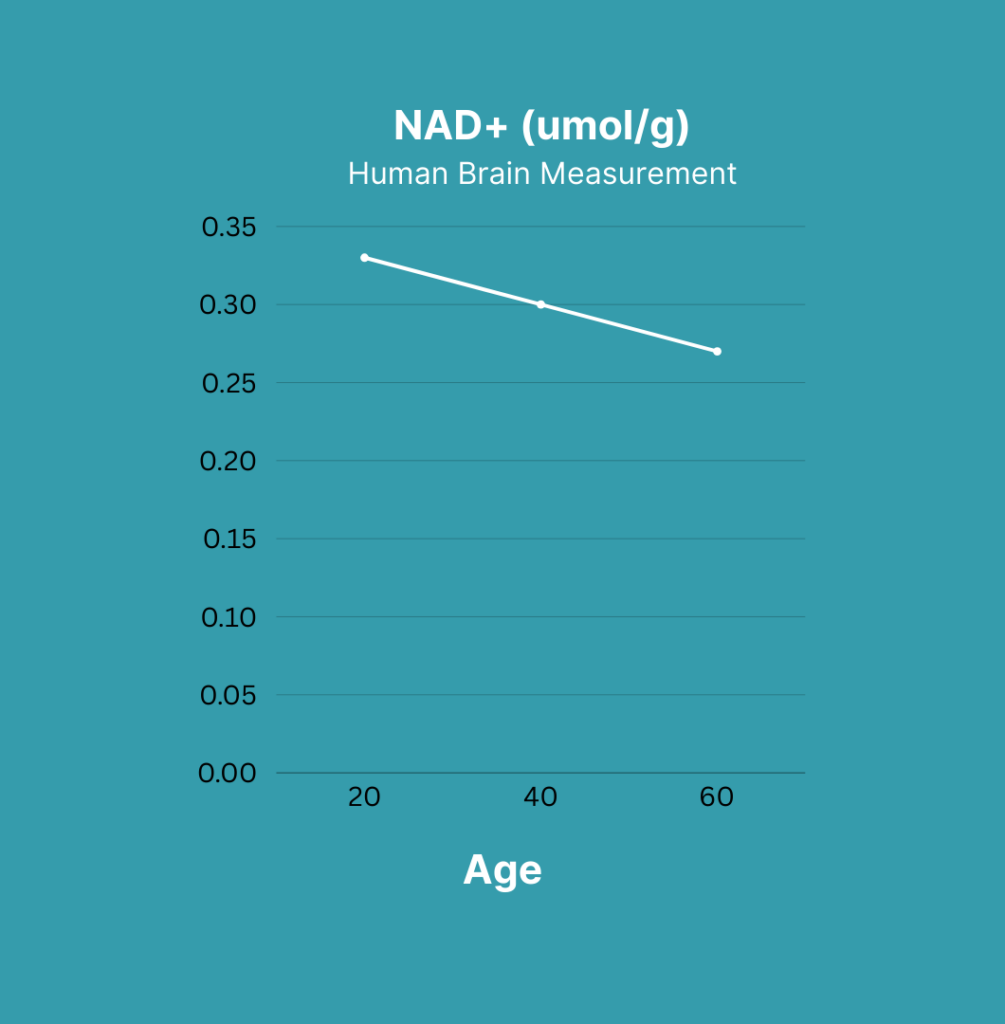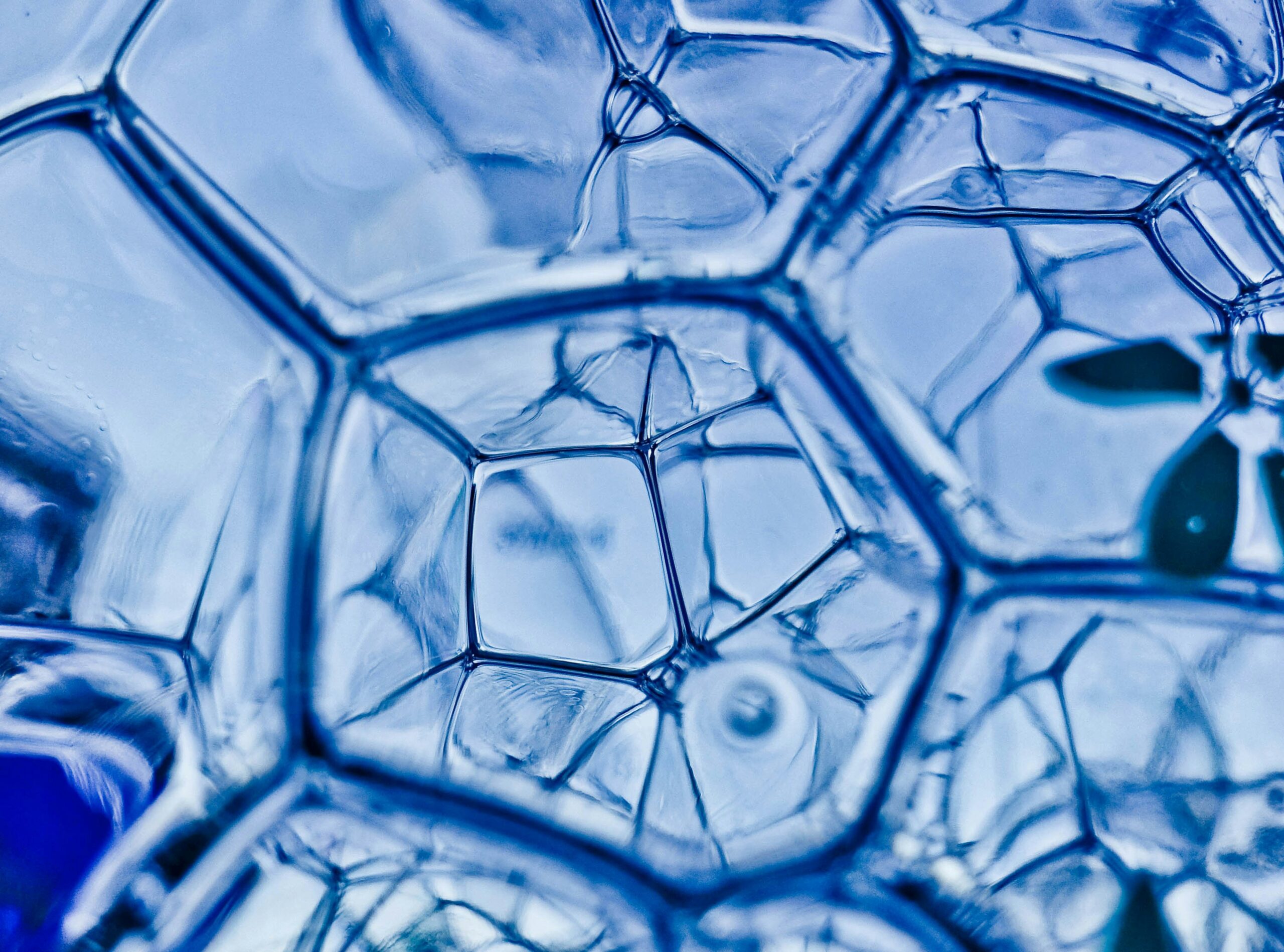The Precision of Personalized Training
Unless you find yourself steeped in the world of performance and longevity, Nicotinamide Adenine Dinucleotide (NAD⁺) may not be a household name yet—but it’s steadily getting there. This essential molecule is rapidly emerging as a focal point in conversations about cellular health, aging, and energy metabolism. And for good reason: NAD⁺ is fundamental to how our bodies produce energy, repair cells, and respond to stress. Without it, life—at least as we know it—doesn’t function.
So what exactly is NAD⁺? Why does it decline with age? And what are researchers uncovering about its role in longevity and performance?
What is NAD⁺?
NAD⁺ is a coenzyme found in every living cell. Think of it as a cellular power broker—essential for converting the food you eat into energy your body can actually use. It plays a critical role in redox reactions (the transfer of electrons), which power your mitochondria—the “engines” of your cells.
In short, NAD⁺ is a major player in keeping your cells alive, energized, and functioning.
It doesn’t stop at energy metabolism. NAD⁺ is also involved in:
- DNA repair
- Inflammation regulation
- Gene expression via sirtuins (a family of proteins tied to aging)
- Stress responses
- Circadian rhythm balance
Which means: from brain clarity to muscle repair to how you recover from a tough workout, NAD⁺ is pulling the strings behind the scenes.
Why Does NAD⁺ Matter More as We Age?
NAD⁺ levels naturally decline with age. By the time we’re in our 40s or 50s, we may have half the NAD⁺ we did in our youth. That drop is associated with a cascade of effects:
- Slower metabolism
- Increased oxidative stress
- Reduced mitochondrial efficiency
- Decreased cognitive performance
- Lower physical endurance
- Weakened cellular repair mechanisms

In vivo NAD assay reveals the intracellular NAD contents and redox state in healthy human brain and their age dependences, Xiao-Hong Zhu | Study Link
In simpler terms: less NAD⁺ = less energy, less resilience, and a greater vulnerability to the effects of aging.
How Does the Body Produce NAD⁺ Naturally?
Before we ever consider supplements or therapies, it’s important to understand that your body already makes NAD⁺—in three main ways:
1. Preiss-Handler Pathway
Converts niacin (vitamin B3) from the diet into NAD⁺.
2. De Novo Pathway
Builds NAD⁺ from tryptophan (an amino acid found in protein-rich foods like turkey and eggs).
3. Salvage Pathway
Recycles NAD⁺ from other molecules that have already been used. This is the most efficient and heavily relied upon method.
However, as we age, these pathways become less efficient. Enzymes that break down NAD⁺ become more active, and the body’s ability to recycle it declines. This metabolic slowdown is one of the major reasons scientists are now focusing on ways to support or restore NAD⁺ levels.
Can Lifestyle Affect NAD⁺ Levels?
Yes—and dramatically. Here are a few ways to naturally support your body’s NAD⁺ production:
✔️ Exercise regularly – especially endurance training, which upregulates key NAD⁺-related enzymes
✔️ Eat a nutrient-dense diet – foods rich in B vitamins, tryptophan, and antioxidants
✔️ Get adequate sleep – sleep is when cellular repair ramps up, and NAD⁺ is key to that process
✔️ Minimize chronic stress – high cortisol levels can suppress the enzymes needed for NAD⁺ regeneration
These aren’t just good wellness habits—they’re also direct inputs into the machinery that maintains your NAD⁺ levels.
Why Is NAD⁺ in the Zeitgeist Now?
Although NAD⁺ was discovered more than a century ago, its connection to aging and performance is a relatively recent frontier.
In 2020, a pivotal review published in Pharmaceuticals by Radenković and Verdin explored NAD⁺’s emerging role in what’s now referred to as longevity medicine. It highlighted how replenishing NAD⁺—through precursors, lifestyle changes, or therapies—could improve mitochondrial health, increase resilience to metabolic stress, and slow age-related decline.
As a result, NAD⁺ is now part of the conversation among elite athletes, biohackers, and researchers alike. It’s no longer just about lifespan—it’s about healthspan.
Emerging Therapies: NAD⁺ Supplementation & Injections
Given the decline in NAD⁺ with age, many are exploring ways to supplement it. Oral NAD⁺ precursors like NR (nicotinamide riboside) and NMN (nicotinamide mononucleotide) are popular, though more research is needed to confirm their absorption and clinical efficacy.
Another promising method is subcutaneous NAD⁺ injections. These allow for a slow, sustained release of NAD⁺ into the body’s fat stores, which then gradually enter circulation. While more clinical studies are underway, early anecdotal reports are compelling—individuals often describe:
- Elevated energy
- Improved focus and mental clarity
- Enhanced recovery after exercise
- Better sleep quality
- Greater stress resilience
It’s an exciting area, but one that calls for responsible, science-backed implementation.
“When it comes to subcutaneous NAD⁺ injections, the clinical effects are impressive—patients often report increased energy, sharper cognition, better sleep, and enhanced well-being. The slow absorption into fatty tissue offers a sustained release, making it a convenient, less invasive option for long-term benefits like improved metabolism and stress resilience.”
— Dr. Allen Gorman
Sources
- NAD+-Increasing Strategies to Improve Cardiometabolic Health
- Emerging interactions between mitochondria and NAD+ metabolism in cardiometabolic diseases
- The Role of NAD+ in Regenerative Medicine
- NAD+ Human Result Review: NAD Metabolism & Cardiometabolic Health | Professor Joseph Baur
- NAD+ in Brain Aging and Neurodegenerative Disorders
- The therapeutic perspective of NAD+ precursors in age-related diseases

